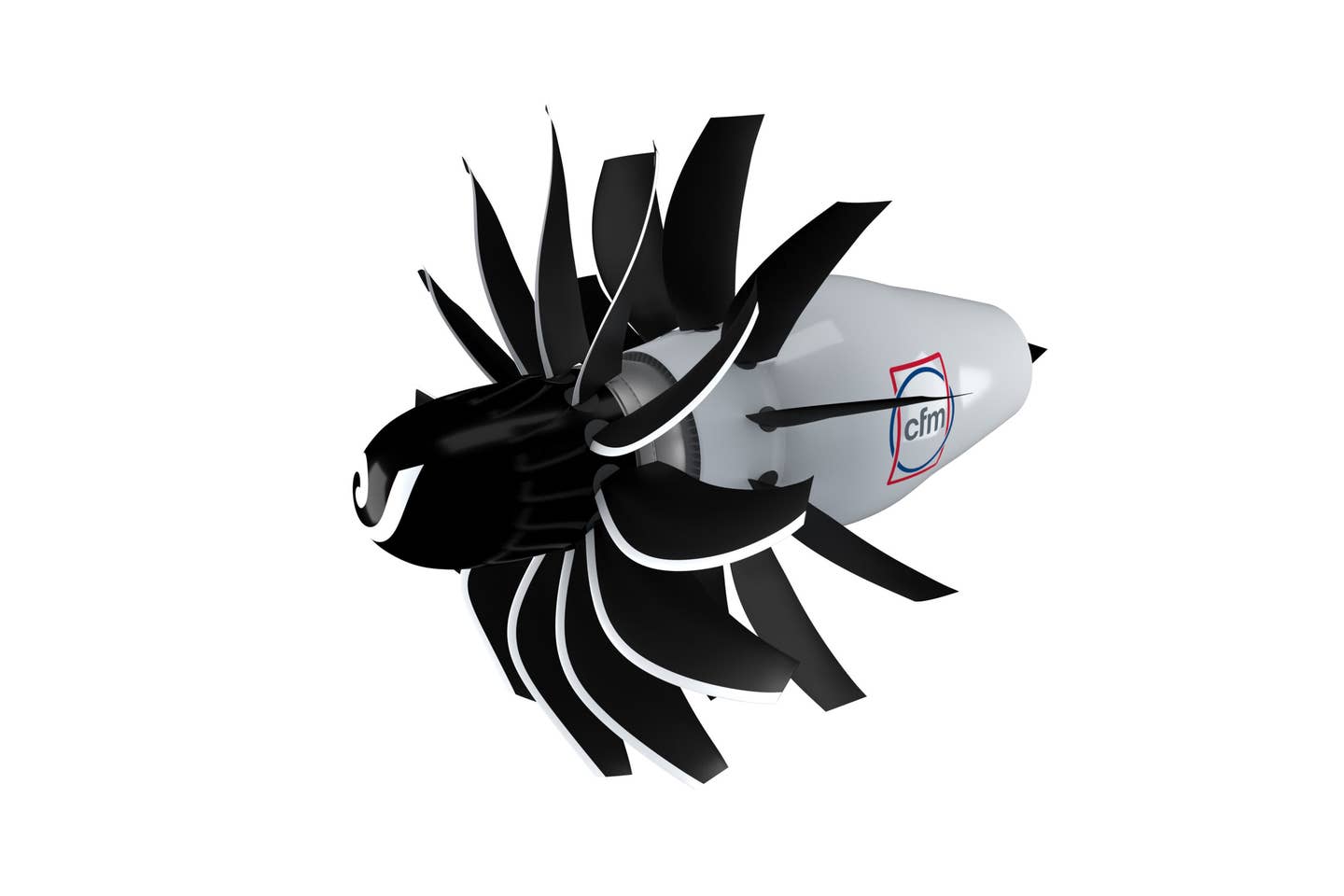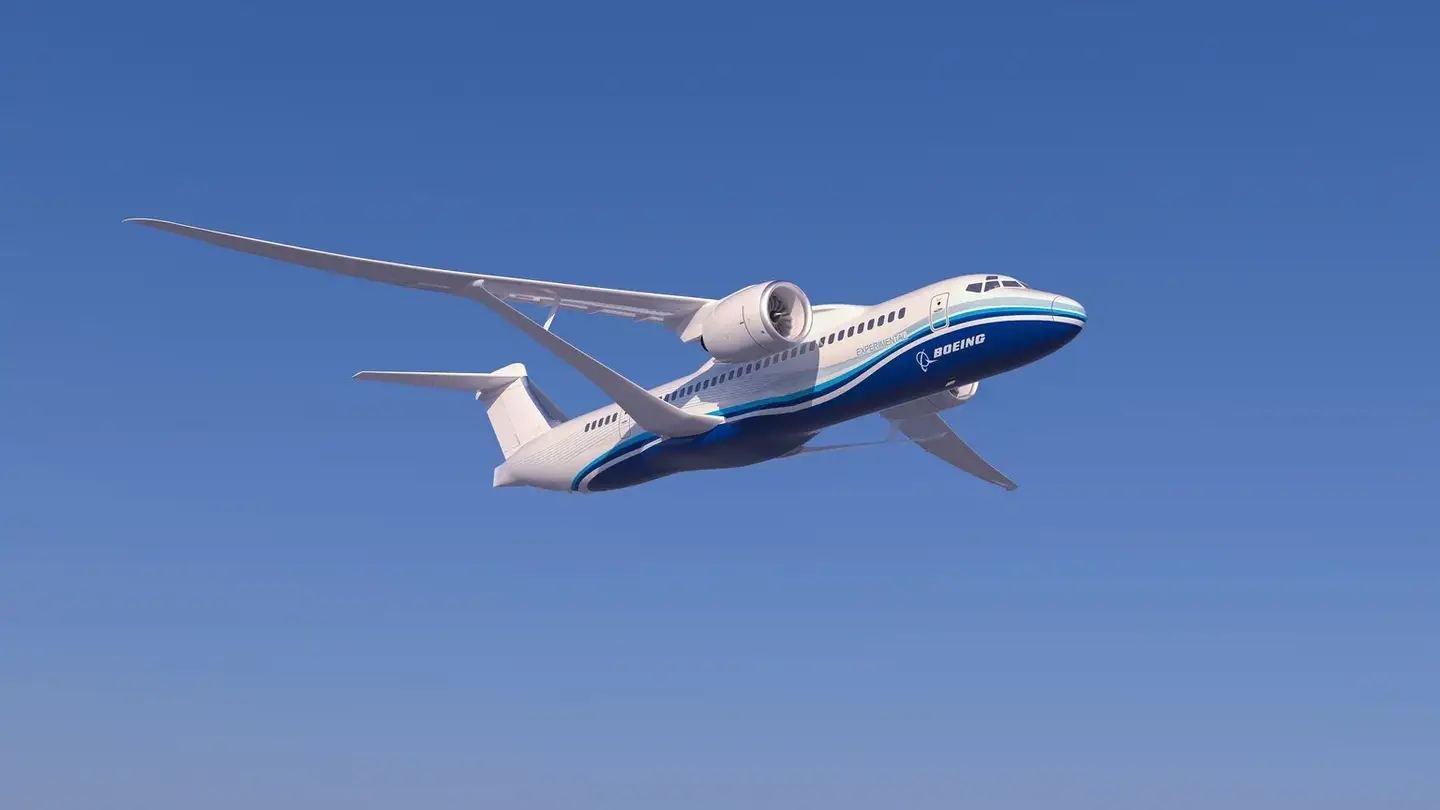GE Aviation And Safran Launch ‘Open Fan Architecture’ Engine Program
GE Aviation and Safran this week jointly launched a development program for what they call an “open fan” airliner engine design. Under the auspices of the two companies’ cooperative CFM…

Photo: CFM international
GE Aviation and Safran this week jointly launched a development program for what they call an “open fan” airliner engine design. Under the auspices of the two companies’ cooperative CFM International business unit, the RISE (Revolutionary Innovation for Sustainable Engines) initiative focuses on lowering fuel consumption and carbon emissions, and the team projects greater than 20 percent improvements over current high-bypass cowled turbofans. Harking back to the unducted-fan (UDF) engine concept that GE explored in the mid-1980s, the design leaves the fan blades exposed for maximum bypass, improving efficiency over ducted turbofan engines.
While CFM does not call the RISE program an engine launch, it does say the program “will demonstrate and mature a range of new, disruptive technologies for future engines that could enter service by the mid-2030s.” The RISE program also counts compatibility with sustainable aviation fuel (SAF), as well as hybrid-electric and hydrogen propulsion systems, as paramount to its goal of lowering carbon emissions.
The companies simultaneously announced an agreement extending the CFM International 50/50 partnership to the year 2050.
CFM views open fan architecture as “a key enabler to achieving significantly improved fuel efficiency while delivering the same speed and cabin experience as current single-aisle aircraft.” The GE/Safran lead engineering team is counting on modern technologies and materials, including composite fan blades, heat resistant metal alloys, ceramic matrix composites (CMCs) and hybrid electric capability. Additive manufacturing, also known as 3D printing, is fundamental to the success of the program, which is set to involve more than 300 separate component, module and full engine builds, according to CFM. A demonstrator engine is expected to enter testing sometime mid-decade, to be closely followed by flight testing.
Back in the 1980s, it was the Arab oil embargo that spiked oil prices and drove the move toward the inherent greater efficiency of using unducted fan blades. Research into lightweight blades that would not leave the engines as vulnerable to uncontained failure was apparently successful and the engine flew on a testbed aircraft. But a combination of economic factors, including substantially lower oil prices by the end of the decade, shelved the technology at the time.






